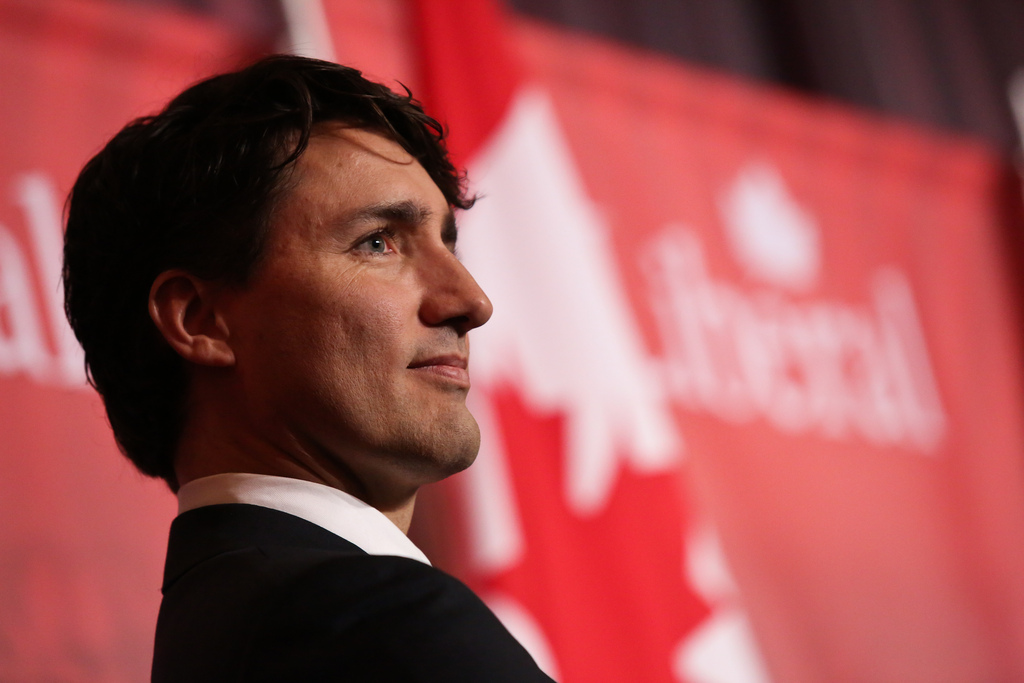Soon after newly elected Canadian Prime Minister Justin Trudeau made history by appointing a gender-balanced cabinet, he was asked a question. A reporter in the cluster of press at Rideau Hall asked why exactly having a gender-balanced cabinet is so important.
Prime Minister Trudeau smiled and said simply: “Because it’s 2015.”
It certainly is, and gender balance is on the rise in governments across the globe for several reasons. First, women’s role in decision-making is a key condition for women’s empowerment, with some arguing that it is a basic human right of women to participate directly in decision-making processes that affect their lives. Second, gender parity is a critical condition for democracy, with cross-national surveys finding that both men and women consider political institutions more fair, legitimate and democratic when more women are elected. Kim Campbell, Canada’s first and only female Prime Minister, argues that women, who make up half the global population, have a unique set of issues and experiences that must be sufficiently represented in national decision-making to reflect a true democracy. Without adequate representation in government, the realization of women’s rights is severely limited by a deficit of accountability towards women. Third, as the UN and the World Bank emphasize, women’s participation has a positive impact on development, peace, and stability. Further, exposure to women in politics has a long-term positive impact on public perception of women as leaders.
The increased presence of women in government has a significant impact on policy agendas. Countries with the most female lawmakers have made major strides on issues such as education, labour-force participation and paid leave. Women are more likely to raise issues of equality, education, women’s relatively poor economic position, childcare, violence against women and integration of gender into the issues of employment and pay. A study on female ministers in Nordic parliaments showed that increased representation of women changes overall party positions in areas like family policy, gender equality, social policy, and results in women’s interests becoming more centrally situated on the political agenda.
In Africa, women parliamentarians have had a ‘visible impact’ on institutional issues like hours and calendars, introduced gender into debates and legislation, and created new bodies to drive feminist change. In South Africa specifically, female legislators successfully introduced significant changes to the law in areas of abortion and employment equality, and female representatives were credited with passing the 1998 Domestic Violence Bill. Finally, Rwanda, with a parliament made up of nearly 64% female, has passed laws allowing women to own land and open bank accounts, maintains a lower maternal mortality rate than other Sub-Saharan African countries, and employs 87% of women in the labour force, compared to 57% of women in the US.
Gender equality in politics has increased in part due to broader social, economic, and political transformations, but has also received significant support from mandatory gender quotas. Prior to 1995, only a handful of countries had quotas for women, but today quotas exist in one form or another in more than 120 countries. For example, in June 2000, France passed a law requiring full gender parity for most elections. In 2003, Rwanda established a quota that mandated 30% of all government roles be explicitly reserved for women. Legal gender quotas are mandated by the constitution in countries like Nepal, the Philippines, and Uganda, and by electoral law in Belgium, Bosnia, Slovenia, and large parts of Latin America.
Prime Minister Trudeau’s new cabinet is a substantial step towards gender parity in the Canadian government, but on the whole, the country has a long way to go. Nationwide, only 88 female MPs were actually elected by Canadian voters, which marks female representation in the House of Commons at 26%. Further, since 1909, Canada has only had two Ministers of Foreign Affairs, and one female Minister of Defence. This falls in line with a global tendency for women to be placed in charge of ‘softer’ socioeconomic ministerial portfolios rather than the ‘harder’ and more prestigious positions of economic planning, national security, and foreign affairs.
The global standard remains low: worldwide, parliaments are only 22% female, and there are 37 countries where women make up less than 10% of government. The current annual growth rate of women in national parliaments is about 0.5%. This means at this rate global gender parity will not be achieved until 2068. However, countries that establish gender balanced governments, through gender quotas or other mechanisms, will continue to demonstrate the positive social, cultural, and economic impact of increased numbers of women in politics. Like other governments across the globe, Trudeau’s new gender-balanced cabinet will contribute to the shifting social and cultural ideas of women, strengthen the idea of women as leaders, lead to greater accountability towards women, and to stronger action on policy issues that disproportionately affect women across the country.




